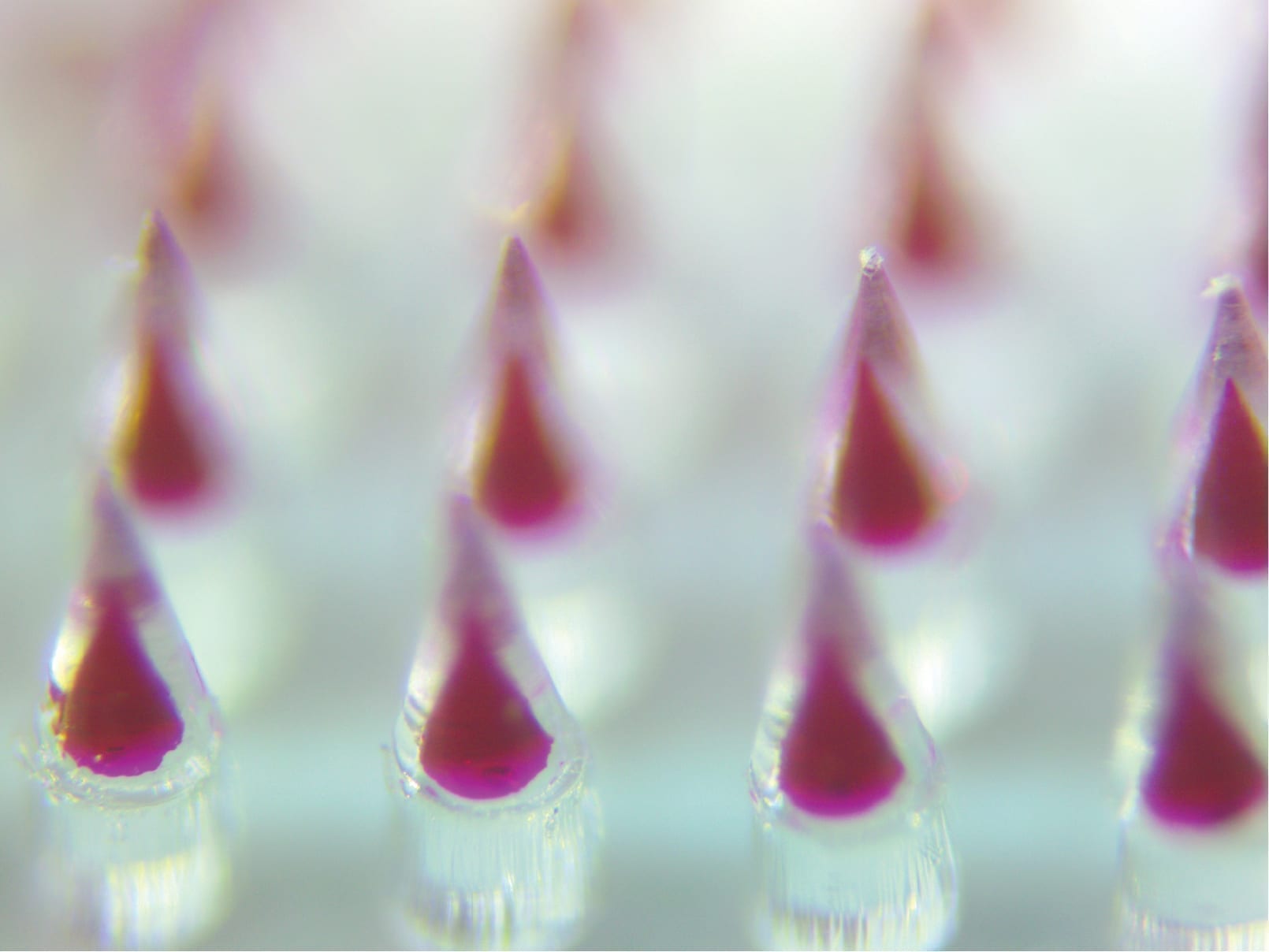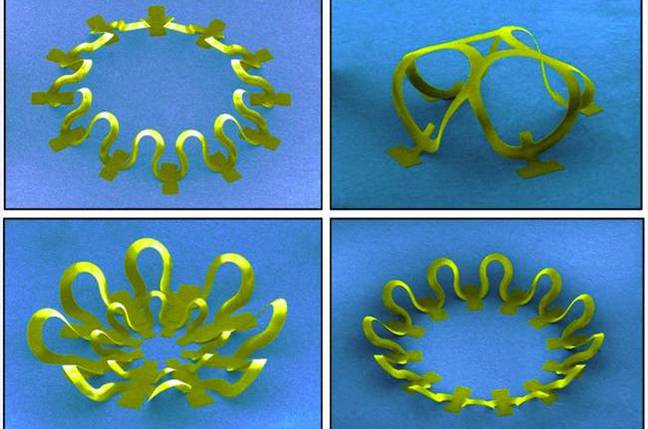
Researchers at the University of North Carolina at Chapel Hill and North Carolina State University have uncovered a novel approach to creating inhalable vaccines using nanoparticles that shows promise for targeting lung-specific diseases, such as influenza, pneumonia and tuberculosis.
The work, led by Cathy Fromen and Gregory Robbins, members of the DeSimone and Ting labs, reveals that a particle’s surface charge plays a key role in eliciting immune responses in the lung. Using the Particle Replication in Nonwetting Templates (PRINT) technology invented in the DeSimone lab, Fromen and Robbins were able to specifically modify the surface charge of protein-loaded particles while avoiding disruption of other particle features, demonstrating PRINT’s unique ability to modify particle attributes independently from one another.
When delivered through the lung, particles with a positive surface charge were shown to induce antibody responses both locally in the lung and systemically in the body. In contrast, negatively charged particles of the same composition led to weaker, and in some cases undetectable, immune responses, suggesting that particle charge is an important consideration for pulmonary vaccination.
Read me: New approach may lead to inhalable vaccines for influenza, pneumonia
The Latest on: Inhalable vaccines
[google_news title=”” keyword=”inhalable vaccines” num_posts=”10″ blurb_length=”0″ show_thumb=”left”]
via Google News
The Latest on: Inhalable vaccines
- OSU researchers develop device to improve delivery of gene therapy for lung diseaseon May 11, 2024 at 8:28 pm
In cell culture and mouse models, scientists in the OSU College of Pharmacy demonstrated a novel technique for the aerosolization of inhalable nanoparticles that can be used to carry messenger RNA, ...
- AstraZeneca starts worldwide withdrawal of COVID vaccineon May 8, 2024 at 6:28 am
AstraZeneca has begun the worldwide withdrawal of its COVID vaccine - ending an era in which it saved millions of lives while being dogged by controversy. The jab, developed at Oxford University ...
- Nanoparticle researchers develop microfluidic platform for better delivery of gene therapy for lung diseaseon May 7, 2024 at 7:14 am
Drug delivery researchers at Oregon State University have developed a device with the potential to improve gene therapy for patients with inherited lung diseases such as cystic fibrosis.
- COVID and SARS Newson May 6, 2024 at 4:59 pm
Apr. 1, 2024 — Researchers have developed a new vaccine that offers broad protection against not only SARS-CoV-2 variants, but also other bat sarbecoviruses. The groundbreaking trivalent vaccine ...
- Immune System Newson April 30, 2024 at 5:00 pm
May 6, 2024 — Researchers have developed a new vaccine technology that has been shown in mice to provide protection against a broad range of coronaviruses with potential for future disease ...
- China approves world’s first inhalable Covid-19 vaccineon April 25, 2024 at 5:00 pm
Chinese drug regulators have approved the world’s first inhalable Covid-19 vaccine, made by Tianjin-based manufacturer Cansino Biologics. The National Medical Products Administration gave the go ...
- The breathtaking lifesaving impact of vaccines, in one charton April 25, 2024 at 3:30 am
But one of the biggest contributors, a new study from the World Health Organization (WHO) concludes, was vaccines. Vaccines alone, the researchers find, accounted for 40 percent of the decline in ...
- COVID-19 Vaccine Trackeron April 24, 2024 at 8:39 am
A guide to the coronavirus vaccination rollout and what you need to know about the authorized vaccines Some 63.8% of Americans have received both doses of the two-shot Pfizer-BioNTech and Moderna ...
- Vaccine breakthrough means no more chasing strainson April 15, 2024 at 12:01 pm
New vaccine strategy could mean one-and-done for most viruses, rather than endless annual boosters targeting different viral strains. Scientists at UC Riverside have demonstrated a new ...
- New ‘One-And-Done’ Vaccine Method Could Protect Infants—From Covid, Flu—With Just A Single Shot, Study Suggestson April 15, 2024 at 12:00 pm
Researchers are pitching a new vaccine method for infants that offers continued protection with just a single dose, even if the virus mutates, according to a new study that could set the stage for ...
via Bing News











